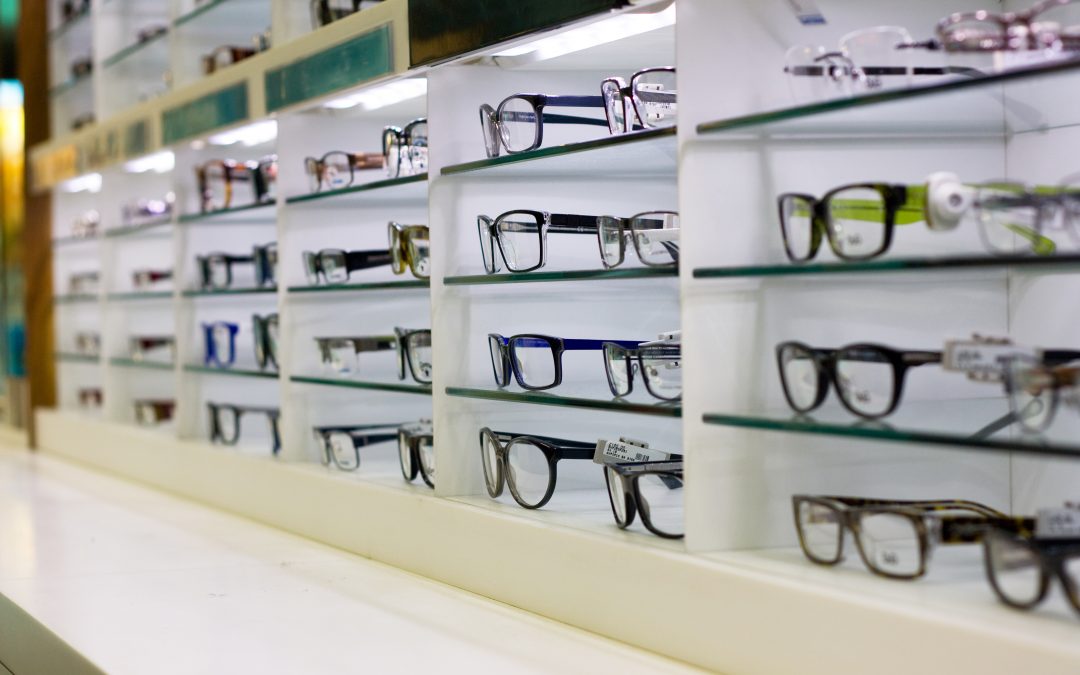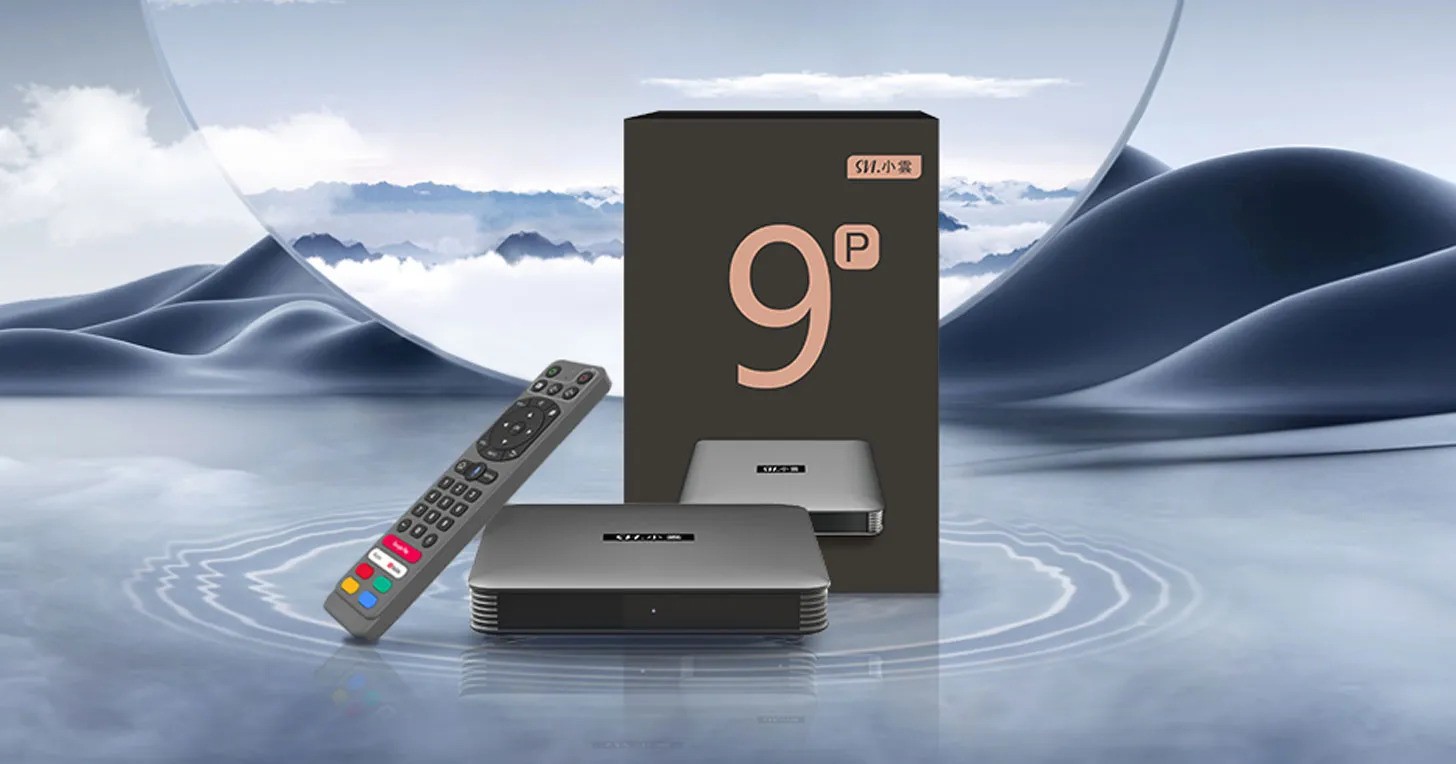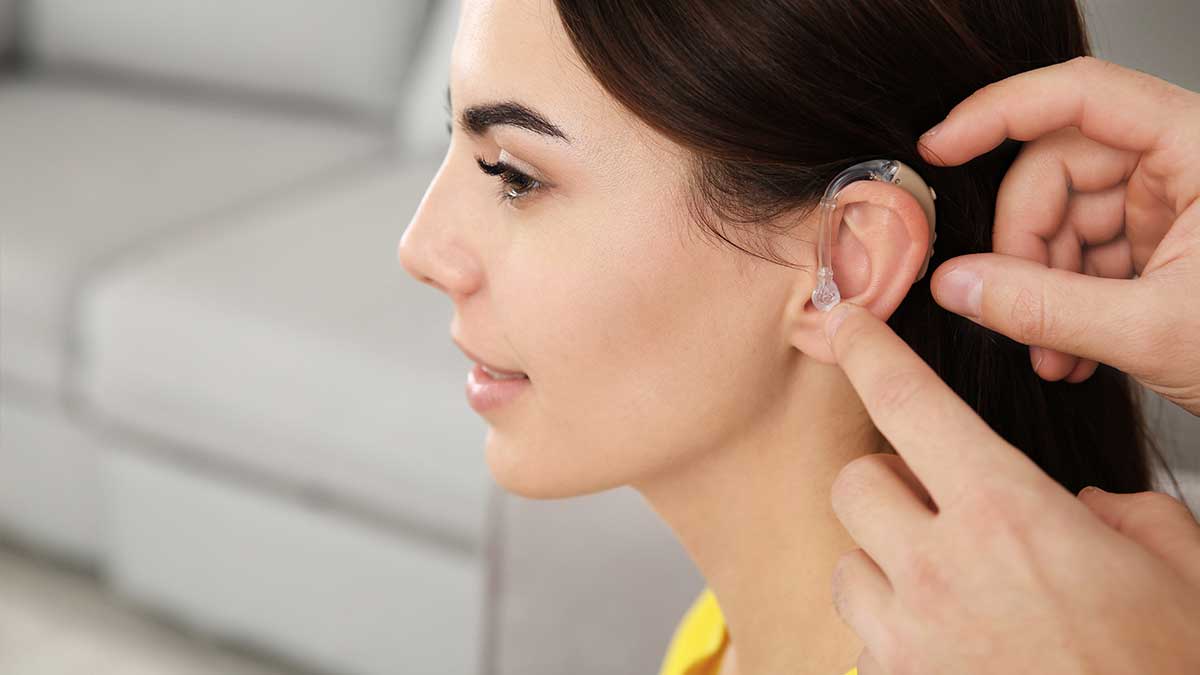Eyeglasses, an essential tool for vision correction, have been an integral part of human life for centuries. From their humble beginnings to their modern-day sophistication, eyeglasses have evolved significantly, reflecting advancements in technology, fashion, and individual needs. This article explores the history, types, benefits, and future of mens eyeglasses, providing a thorough understanding of their significance in our lives.
A Brief History of Eyeglasses
The origin of eyeglasses dates back to the late 13th century in Italy. The earliest models were rudimentary, consisting of simple convex lenses set into wooden or metal frames. These early eyeglasses were primarily used by scholars and monks to assist with reading and writing. The concept of using lenses to correct vision, however, was not entirely new. Ancient civilizations such as the Greeks and Romans were aware of the magnifying properties of lenses but did not apply them to eyewear.
The design of eyeglasses underwent significant transformations over the centuries. By the 18th century, glasses with metal frames and temples became popular, providing more stability and comfort. The 19th and 20th centuries saw the introduction of bifocal and progressive lenses, allowing for multiple vision corrections in a single pair of glasses. Today, eyeglasses come in a variety of styles and materials, catering to different needs and preferences.
Types of Eyeglasses
Eyeglasses are designed to address various visual impairments and enhance comfort and style. Here are some common types:
- Single Vision Glasses: These glasses have a single prescription across the entire lens, suitable for correcting nearsightedness (myopia) or farsightedness (hyperopia). They are ideal for individuals who need vision correction for one specific distance.
- Bifocal Glasses: Bifocals are equipped with two distinct optical powers in one lens. The upper part is usually for distance vision, while the lower part is for reading or close-up tasks. They are beneficial for individuals with presbyopia, a condition that affects the ability to focus on near objects with age.
- Progressive Lenses: Also known as multifocal lenses, these provide a gradual transition between different prescription strengths. They offer a more natural vision experience without the visible lines found in bifocals.
- Computer Glasses: Designed for individuals who spend extended periods working on digital devices, computer glasses help reduce eye strain caused by prolonged screen use. They often feature an anti-reflective coating and a slight magnification to ease visual fatigue.
- Safety Glasses: These are specifically designed to protect the eyes from hazards in various work environments, such as construction sites or laboratories. They are made from durable materials and often include features like impact resistance and side shields.
- Sunglasses: Sunglasses provide protection from harmful UV rays and reduce glare, improving visual comfort in bright conditions. They come in various styles and can be prescription or non-prescription.
The Benefits of Eyeglasses
Eyeglasses offer numerous advantages beyond just vision correction:
- Improved Vision: Eyeglasses correct refractive errors, allowing individuals to see clearly at various distances. This improvement enhances daily activities such as reading, driving, and working.
- Eye Protection: Specialized eyeglasses, such as safety glasses and sunglasses, protect the eyes from environmental hazards and harmful UV rays. This protection is crucial for maintaining long-term eye health.
- Fashion and Personal Expression: Eyeglasses have become a fashion statement, with a wide range of styles, colors, and designs available. They allow individuals to express their personality and complement their overall look.
- Comfort: Modern eyeglasses are designed with lightweight materials and ergonomic frames, ensuring comfort during extended wear. Features such as adjustable nose pads and flexible temples contribute to a customized fit.
The Future of Eyeglasses
The future of eyeglasses is bright, with ongoing advancements in technology and materials. Innovations such as smart glasses, which integrate augmented reality (AR) and virtual reality (VR) capabilities, are poised to transform how we interact with digital information. Additionally, developments in lens technology, such as adaptive lenses that adjust to changing light conditions, promise enhanced convenience and functionality.



